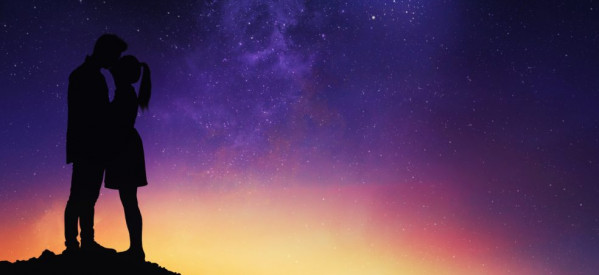Meteor Moments

Look to the sky to see some memorable sights in August and September
By Steve Kates
With summer well underway, breaks in the annual monsoon will reveal a host of amazing sky events.
Get set for the annual Perseid meteor shower, which may be the best meteor shower of the entire year. This year promises to offer up a near moonless sky for this big event. Meteors from this shower start to appear in the northeastern sky beginning around July 31 and continue to light up the sky until their strong finale on the morning of Aug. 13. The nights of Aug. 11 and 12 will be some of the best times to catch this phenomenon.
With debris coming off the orbital trail of comet 109P/Swift-Tuttle, the Perseids are a dependable meteor shower. This comet has an orbital period of 133 years and when it’s close to the sun, it lays down additional debris in the form of tiny rocks and pebbles. The last time the comet was close to the sun was in 1992.
At best, this meteor shower can produce more than 100 meteors per hour, if you’re in the ideal spot without light pollution and no moonlight. To really enjoy this event, you need to place a chair facing the northeastern sky and begin your observations near midnight, as the radiant of the shower is located in the top portion of the head of Perseus.
Meteors from this shower will drive out of the radiant as the constellation is rising, but as
the radiant get higher in the sky, you should be looking for meteors appearing in all directions. Some of the Perseid meteors will be very bright, as the occasional pebble sized rock, will flash and leave a brilliant train in the sky. These objects may be moving at well over 100,000 mph and glow for a few seconds.
I’ve been observing this amazing meteor shower since 1968 and it’s always been a memorable one to view.
Since the moon will not be a factor this year, August begins with a last quarter moon on the 4th, followed by a waning crescent and the dark of the moon, aka new moon on the 11th. The waxing crescent moon and Venus are close on the 14th, right after sunset, followed by a first quarter moon on the 18th.
Get set for the amazing full sturgeon moon on the night of the 26th.
There are many planets in the August sky too. Venus is still very bright in the west at sunset and will get brighter in September. Jupiter puts on a great show, high in the southwest at sunset. Meanwhile, Mars remains the planet of the month, just past its closest position to Earth in over 15 years, Mars shines bright in the southeast at sunset. The recent dust storm on Mars may have covered a lot of the surface features, but the dust could dissipate before the end of the month.
Saturn puts on a good show too, as it appears low in the south at sunset. Using a telescope you’ll be able to view its amazing ring system.
If you’re tired of the Arizona heat, the promise of a seasonal change is right around the corner. September, the month of the equinox, brings balance to the skies; it occurs on Sat., Sept. 22 at 6:54 p.m. MST.
Venus returns to a position in the sky that shows us her brightest side. The planet reaches her great brilliancy in the western sky on the night of Sept. 21. At this time, Venus will be the brightest object in the sky, other than the sun and the moon. For those of you who’re into details: Venus will appear at -4.8 in magnitude. The planet will reflect brightly as the light from the sun reflects off the Venusian clouds and heads towards Earth. Jupiter and Venus are also close in the southwestern sky during September.
The moon begins September at last quarter on the 2nd as it moves on to the dark of the moon, or new moon, on the 9th. Look for a waxing crescent moon as it passes Venus on the 12th and Jupiter on the 13th. First quarter moon is on the 16th, followed by the great harvest moon, which occurs for us on the 24th at 7:52 p.m. MST.
This is one of the most romantic and amazing full moons of the year, as it rises very close to the time of sunset and will be spectacular.
Steve Kates
A radio and television personality, Steve Kates (aka Dr. Sky®) has been engaged in the science of astronomy for over 30years. Tune in to the Dr. Sky Show on News Talk92.3 FM, KTAR, on Saturday at3 a. m. for the full sky tour, or visit drsky.com.
Related posts
Leave a Comment
You must be logged in to post a comment.






